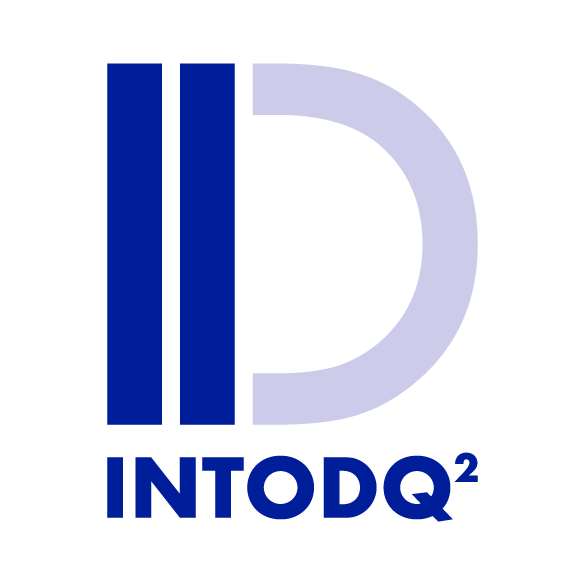Blogpost
April 10, 2024 - By Sander van Gelderen - 3 minute read
From obligation to opportunity: How ESG reporting paves the way for impact and change
Whether I lie awake thinking about a reporting component in the green deal? On the contrary. In this blog, I would like to take you through my experiences and show you the opportunities offered by the Corporate Sustainabillity Reporting Directive (CSRD). Discover how you, as an organisation, can become a forerunner and set standards in sustainable reporting.
Impact of ESG on the ecosystem and future of organisations
Making impact measurable with data, accounting for ESG externally in a structured way and developing management information are just a few examples of the cool work I do. First only at financial institutions but now also with clients in manufacturing and service industries.
What makes this work really interesting is that it largely takes place around the client, in the immediately adjacent ecosystem. In addition, it requires in-house staff to suddenly pick up new information and tasks. We often hear how valuable it is for us to support upskilling and reskilling employees, because it actually means reinventing the work. In some cases, this can even upskill your entire business in the future.
CSRD: more transparency and sustainable activities in Europe
The driver of all this is the Corporate Sustainability Reporting Directive (CSRD), cleverly used by the European Union to encourage sustainable activities. It requires companies in Europe to be transparent about their ESG-related activities and to take a critical look at themselves. Since 5 January 2023, more and more companies, from large to small, are subject to more modern and stringent rules around ESG disclosure. Interestingly, the pressure is already increasing, even for companies that will not be required to report until later, as larger companies in the value chain are already asking for data disclosure.
From obligation to opportunity
Fortunately, these obligations also offer opportunities, such as the possibility of becoming a forerunner and setting standards in reporting on, for example, the treatment of workers in your chain. It offers room to develop creative new initiatives, because if you have to report a broad set anyway, there are also many opportunities for your own organisation. Within Social, you can make a difference by focusing on diversity and inclusion, equal pay, CEO ratio or innovative methods to report safety as perceived by employees.
I think we still have a long way to go together, but I am inspired by the energy and passion I see in my clients. It is essential to realise that just buying a reporting solution is not enough to exploit all the possibilities. After all, as an organisation, you also want to be able to use the data collected to achieve your strategic goals. Therefore, it is important to create a highly agile data collection foundation that merges ESG data and financial data.
Data-driven improvement
In my experience, the trick is mainly to first make all internal systems and roaming Excel datasets insightful and valuable. Then you can look outside and complete missing data. I get energy from real improvement. By not only turning information and data into shiny dashboards and reports for on the wall, but also by actually implementing them in the primary process. And by not only putting your customers and suppliers centre stage, but also assessing them correctly on the basis of your insights and really helping them further or, if necessary, saying goodbye to them.
Sustainable future
All in all, the future of ESG reporting is promising, and I am confident that together we will meet the goals set. It is important to keep innovating and looking for ways to use data more effectively to achieve our strategic goals and create more impact.
“originally published on www.hotitem.nl
About Sander van Gelderen
Sander explains complex issues in a simple way to create connection with people in the organization. With a wealth of experience in financial services, he has been increasingly in demand in recent years for his ability to leverage data to create and measure impact. Sander has focused on asset climate risk mapping and supporting organizations in meeting new regulatory requirements such as the CSRD.


